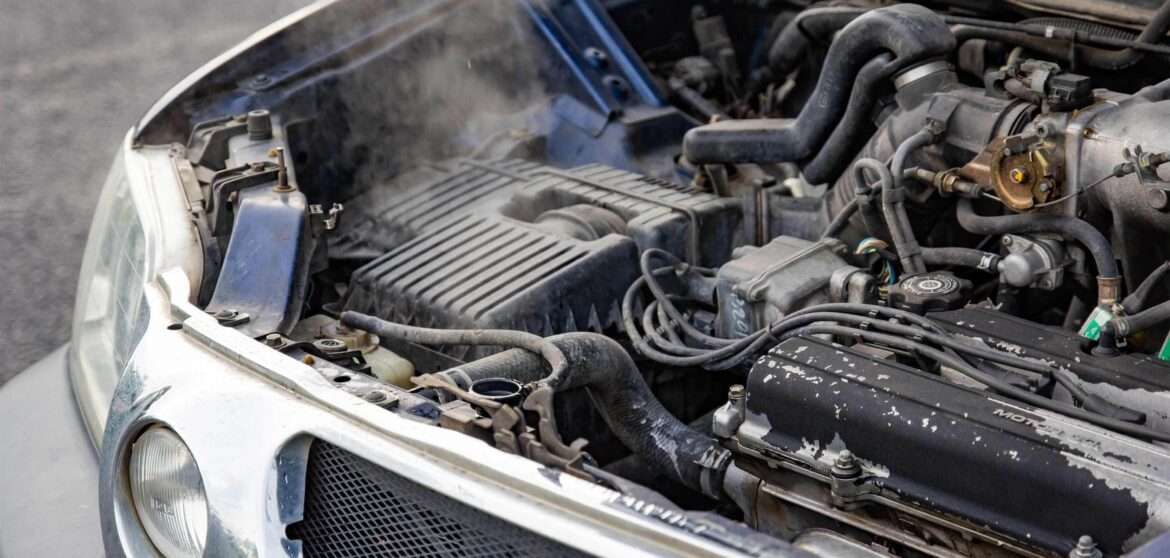Best Ways to Check for Engine & Transmission Issues in a Used German Car
Buying a used German car can be an exciting decision. Brands like BMW, Mercedes-Benz, Audi, and Volkswagen are known for their engineering, luxury, and performance. However, German cars can be costly to repair if they have hidden engine or transmission problems. A thorough inspection is essential before purchasing a used German vehicle.
This blog by Drive UAE will help you identify potential engine and transmission issues to make a well-informed decision.
Pre-Purchase Inspection: Initial Steps
Before inspecting the car, request a detailed vehicle history report from platforms like Carfax or AutoCheck. This report will provide insight into past accidents, major repairs, and maintenance records. If the car has had frequent repairs or inconsistent servicing, it could indicate underlying issues.
Visual Inspection
Start with a visual examination of the car’s exterior and engine bay. Check for:
- Oil leaks under the car or around the engine.
- Rust or corrosion on metal components.
- Loose or cracked hoses and belts.
- Signs of engine modifications, which may indicate increased wear.
If you notice any of these signs, further inspection is necessary.

Engine Inspection
Open the hood and look for leaks or damage. Worn-out gaskets can cause oil leaks, leading to major engine problems. Also, inspect the condition of the engine mounts, as weak mounts can cause excessive vibrations.
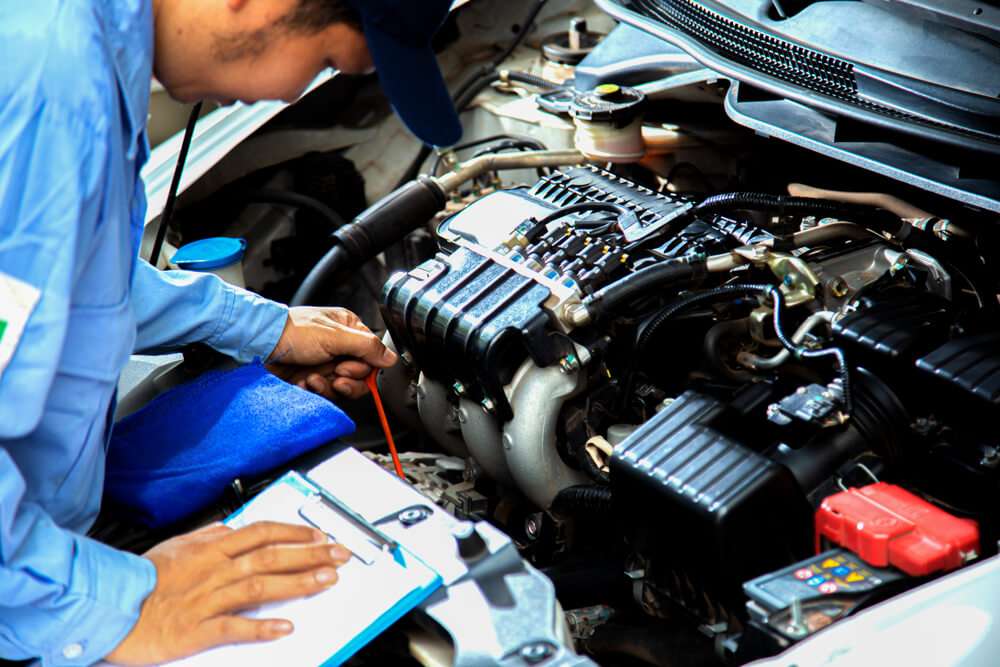
Fluid Checks
Engine oil and coolant should be at proper levels and free from contamination. Here’s what to check:
- Engine oil: Pull out the dipstick and check for dark, thick oil or metal particles, which indicate engine wear.
- Coolant: Look inside the coolant reservoir. If the coolant appears rusty or has oil in it, it could be a sign of a failing head gasket.
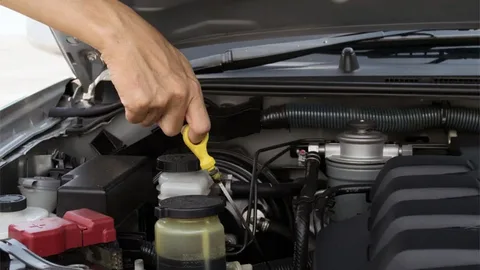
Cold Start Observation
Start the engine when it’s cold and listen for unusual sounds such as knocking, ticking, or loud rattling. Observe the exhaust for excessive smoke:
- Blue smoke: Indicates burning oil, which may mean internal engine damage.
- White smoke: Could be a sign of coolant leakage into the engine.
- Black smoke: Suggests excessive fuel consumption, possibly due to a faulty fuel system.
If you notice these symptoms, further diagnosis is required.
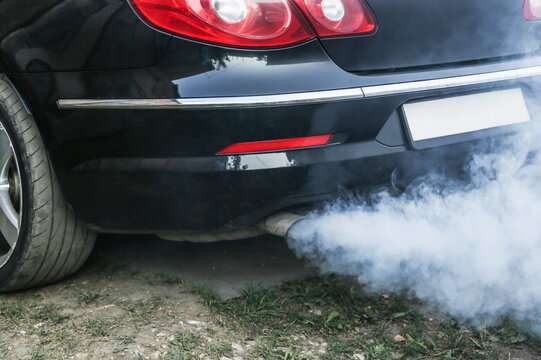
Transmission Inspection
Transmission fluid should be clean and at the correct level. To check:
- Automatic Transmission: Pull out the dipstick and inspect the fluid color. It should be red or pink, not dark brown or burnt.
- Manual Transmission: Since there’s no dipstick, you may need a mechanic to check fluid levels through the transmission fill hole.
Inspect the transmission housing for leaks. Even minor leaks can cause transmission failure over time. Also, ensure the transmission mounts are intact, as worn mounts can lead to poor shifting performance.

Test Drive: Evaluating Performance
A test drive is the best way to check for engine and transmission issues. Pay attention to the following:
Engine Performance
- The engine should start smoothly and idle steadily.
- There should be no hesitation or stalling when accelerating.
- Listen for knocking or rattling sounds, which may indicate internal engine wear.
Transmission Behavior
- Automatic Transmission: Shifts should be smooth and quick, with no hesitation.
- Manual Transmission: Gear shifts should be precise, without grinding or resistance.
- If the car struggles to shift gears or slips between gears, it could indicate transmission issues.

Listening for Unusual Noises
- Clunking sounds when shifting gears could be due to worn-out transmission components.
- A whining or grinding noise from the transmission may signal internal damage.

Diagnostic Tools and Professional Evaluation
Use an OBD scanner to check for error codes. If there are multiple fault codes related to the engine or transmission, further inspection is necessary. Furthermore, even if the car seems fine, it’s best to get a professional mechanic, preferably one who specializes in German cars, to inspect it. They can detect hidden issues and estimate potential repair costs.
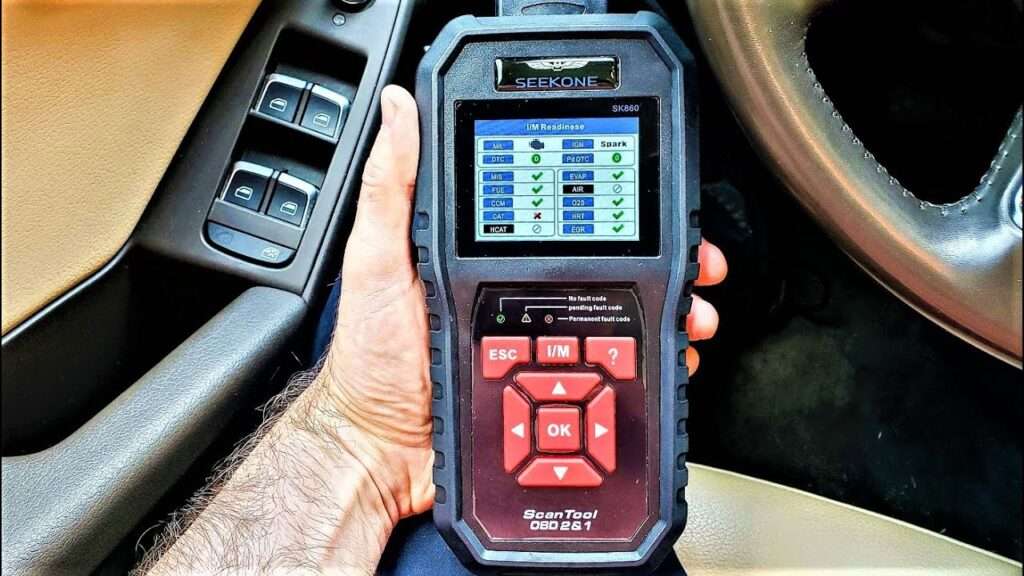
Common Engine and Transmission Issues in German Cars
Here are some of the common issues.
- Oil Leaks: These are Common in older BMW and Audi models due to gasket deterioration.
- Overheating: Faulty water pumps and cooling systems are frequent issues in German vehicles.
- Ignition Coil and Spark Plug Failure: These can cause misfires and rough idling.
- Fluid Leaks: This is Common in older Mercedes and Volkswagen models.
- Slipping Gears: Usually due to worn-out clutch plates in automatic transmissions.
- Transmission Overheating: This can be caused by low fluid levels or internal damage.
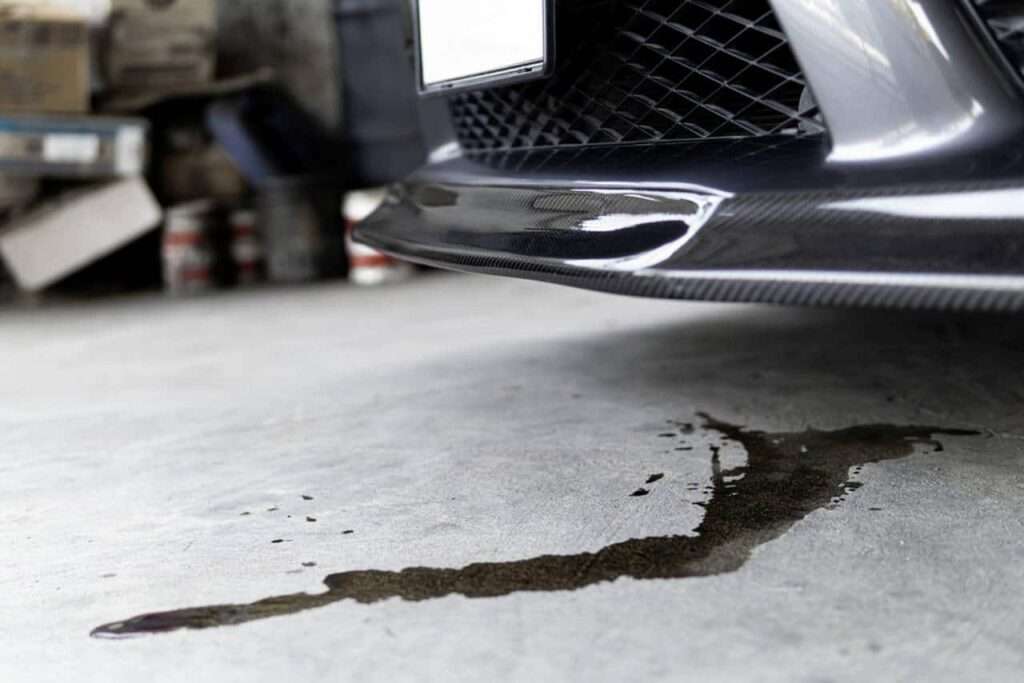
Preventative Measures and Maintenance Tips
You can follow the measures below.
- Follow the manufacturer’s recommended service schedule.
- Change engine oil and transmission fluid on time.
- Use high-quality parts and fluids for repairs.
- Pay attention to dashboard warning lights.
- Address minor issues before they become costly problems.

Conclusion
A thorough inspection of a used German car is crucial to avoid expensive repairs. Checking the engine and transmission for leaks, unusual noises, and fluid quality can reveal potential issues. A test drive and professional inspection can further ensure a smart purchase. By following these steps, you can buy a reliable used German car with confidence.

